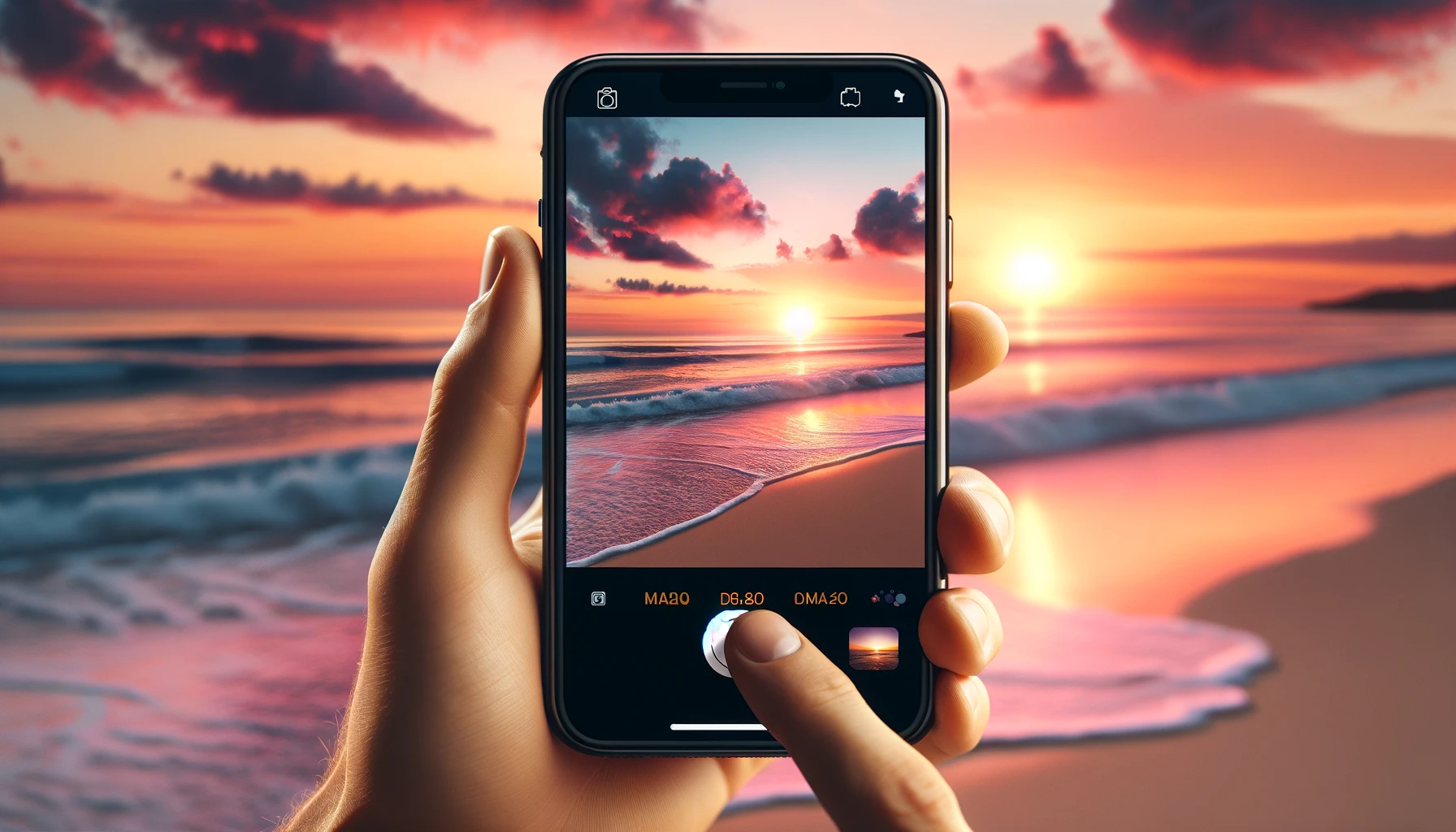As technology continues to advance, Apple remains at the forefront with its innovative designs that consistently reshape consumer electronics. The latest buzz suggests that the iPhone 16 might feature capacitive buttons, signaling yet another step towards sleeker, more integrated user interfaces. This speculated change hints at a future where physical buttons may become obsolete, propelling us towards devices with smoother, uninterrupted surfaces. This integration not only enhances aesthetic appeal but could also potentially improve the durability and water resistance of the devices.
Insights from Recent Industry Moves
Current trends in smartphone design emphasize minimalism and functionality, with companies striving to deliver more robust technology in increasingly streamlined packages. The move towards capacitive buttons by Apple could be seen as an attempt to align the iPhone more closely with these trends. It reflects a shift in user preference towards cleaner designs with fewer physical components that could wear out or fail. This change could also facilitate more sophisticated gestures and interactions, aligning with the interactive experiences users have come to expect.
Comparative Analysis with Similar Technologies
Engadget recently reported on the adaptation of touch interfaces in gaming devices, noting a surge in interest for capacitive technology in various consumer electronics. Likewise, a CNET article discussed how smartphone manufacturers are exploring non-mechanical interfaces to extend device longevity and resistance to environmental factors. These discussions mirror Apple’s possible adoption of capacitive buttons, positioning the iPhone 16 as a potential leader in this new design philosophy.
Scientific Perspectives on Interface Evolution
In a study published in the Journal of Mobile Technology in Medicine, researchers explored the implications of integrating capacitive touch technology in medical devices. The paper titled “Capacitive Interfaces: A Revolution in Medical Device Usability” suggests that such technology significantly enhances usability and accessibility, crucial factors that Apple might be considering for the iPhone 16. The study’s findings that capacitive technology leads to fewer user errors and higher satisfaction rates could be indicative of the potential benefits for iPhone users, should Apple decide to implement these features.
Practical Inferences from Emerging Trends
- Capacitive buttons may reduce mechanical failure rates.
- Improved water and dust resistance could be a key benefit.
- Enhanced user experience with new gesture controls.
If Apple integrates capacitive buttons into the iPhone 16, users might experience a device that not only pushes the boundaries of conventional smartphone design but also aligns with evolving user expectations for durability and functionality. This could also set a new standard for competitors, catalyzing a shift across the industry towards devices that offer advanced technology while maintaining aesthetic simplicity and practical utility.










